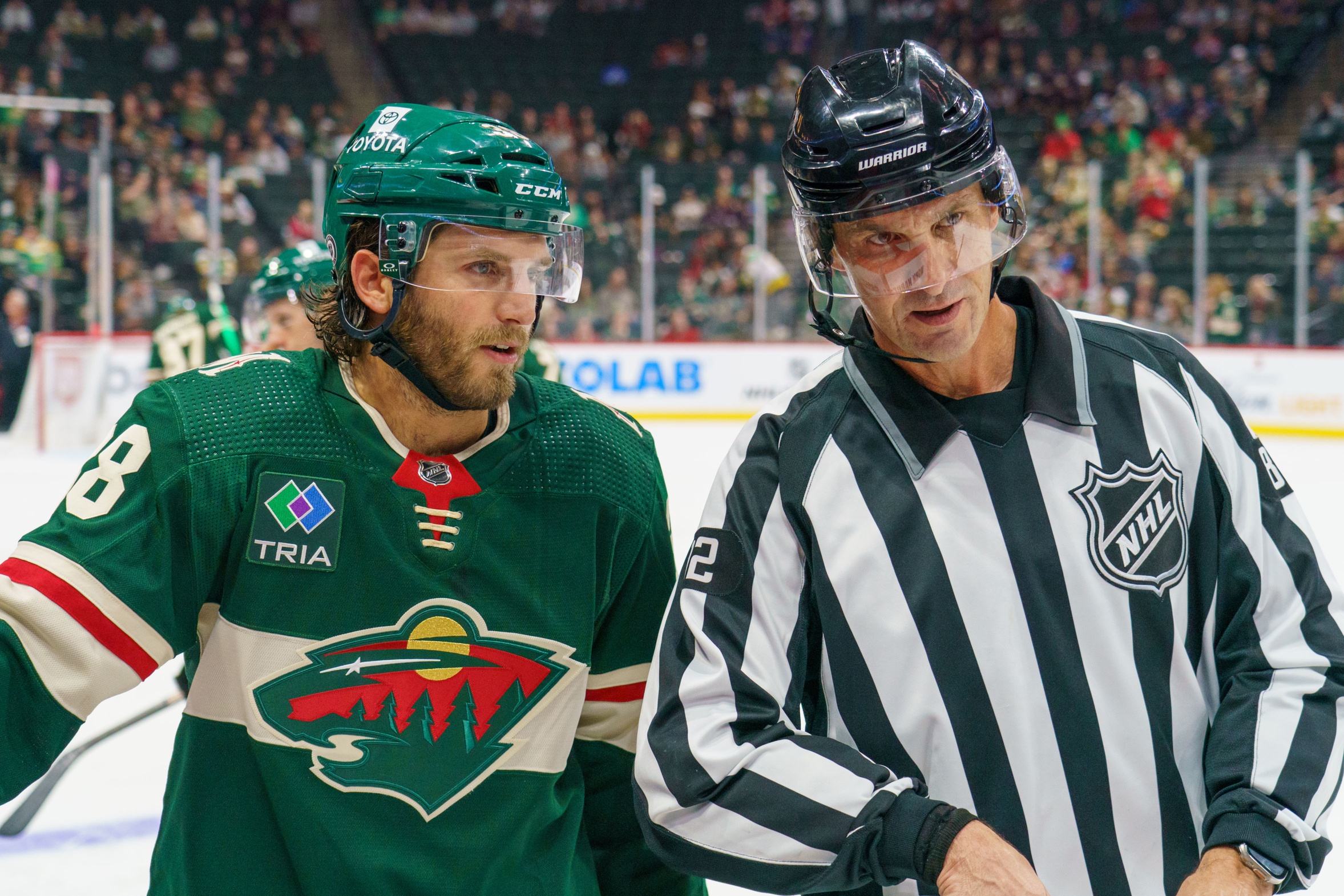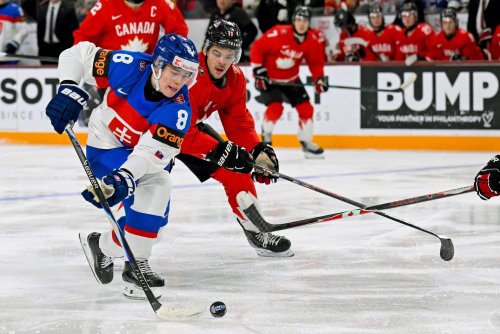
Since the Minnesota Wild signed pending unrestricted free agents Mats Zuccarello and Marcus Foligno to contract extensions in the past week, it was only a matter of time before the same news would happen for fellow pending UFA Ryan Hartman. The team wanted to get it done. Hartman wanted to get it done. It was just a matter of when.
The news broke on Friday afternoon that the situation was approaching a resolution, but ink touched paper on Saturday morning. The details are in: three years, $4 million AAV ($12 million total). The contract will keep Hartman in a Wild uniform until the 2026-27 season, or through his age-32 season.
Hartman arguably took a pay cut to stay in Minnesota for three years the last time he signed a contract extension with the Wild. His deal was worth less than half of the extension he signed today, at $5.1 million ($1.7 million AAV). The deal turned into an extreme bargain, as the Wild received 102 points and 4.7 Standings Points Above Replacement for the low cost of $3.4 million so far.
It was one of the most efficient contracts in the NHL, according to CapFriendly. Among Standard Player Contracts (that is, not ultra-cheap entry-level deals that underpay even superstar young players), Hartman finished 18th in Points per Dollar during the 2021-22 season, and a nice 69th-place showing last year. The only players to place higher than Hartman in bang-for-their-teams-buck in both of the last two seasons are Michael Bunting, Tage Thompson, Troy Terry, Ryan Donato, and Tanner Jeannot.
He's also arguably taking another pay cut this time around. His market value, according to Evolving-Hockey's projections, clocks in at about $5.42 million for the AAV on an extension. The Wild are saving about $4-4.5 million over the life of this deal, and that's not accounting for the fact that he could probably have commanded more years as a UFA.
In exchange for leaving money on the table, Hartman got something from the club which he didn't on his last deal: trade protections. The last year of his current contract has a No-Move Clause retroactively applied to it, which extends into the first year of his new pact. Then in Year 2, he is able to submit a 15-team no-trade list, with it being reduced to a 10-team no-trade list in 2026-27.
It's clear that Hartman wanted to stay in Minnesota, and the Wild see him as an essential part of their identity that they spare to lose. His combination of skill and toughness can be an asset, though it can also burn his team, as fans saw last postseason. He scored two goals and five points in five games against the Dallas Stars, including the overtime winner to clinch Game 1. He also racked up penalties in four of his five games, totaling 16 minutes in the box.
But as with Foligno, who also cost Minnesota this past postseason with penalty woes, the Wild doubled down on the more physical components of the team. To be fair, Hartman is probably less of a risk than Foligno, and a better bargain. He's younger than Foligno, for one, with more versatility because of his ability to play center. Hartman has also stepped up in the postseason in a way Foligno hasn't. He has four goals and 12 points in his last 18 playoff games, as opposed to the one goal and five points Foligno's mustered in that time span.
The biggest question with Hartman is going to be his role with the team long-term. He's paid somewhere in the middle of what a low-end first-line center (his current role) and a solid bottom-six piece (which he was seen as when he signed his last deal). What is he now? Will Joel Eriksson Ek or Marco Rossi -- two younger, arguably more skilled centers -- displace him at his spot next to Kirill Kaprizov? Or will he remain in that spot for most of the next four years?
Neither scenario is particularly exciting. If he moves out of that first-line role, his production will likely drop, and the Wild are suddenly paying $4 million for a bottom-six role player. If he stays in his current gig, fans are probably going to wonder if the Wild can't do better. It's perhaps unfair, but when Hartman is entering the third year as Kaprizov's center with little winning to show for it, those questions will arise.
It's hard to dislike the term or money -- Hartman deserves the raise, and three years isn't unreasonable for a player turning 30 next fall. In a vacuum, it's a solid bit of work by Bill Guerin.
In the big picture, the decision is more curious. The Wild committed to their three pending UFAs before seeing them play a game this season, with the team expecting to graduate several top prospects during the length of these deals. Are these players going to age well? Will they block younger, better blood? Should their track record of not getting Minnesota out of the first round be considered a red flag? It's hard to know.
Whatever you think of the deals, the die is cast. This is the Minnesota Wild, like it or not, for the next three-to-five years. Whether these deals work out or not will go a long way towards defining the legacy of the Bill Guerin-Dean Evason Era.
Think you could write a story like this? Hockey Wilderness wants you to develop your voice, find an audience, and we'll pay you to do it. Just fill out this form.
-
 2
2







Recommended Comments
Join the conversation
You can post now and register later. If you have an account, sign in now to post with your account.
Note: Your post will require moderator approval before it will be visible.